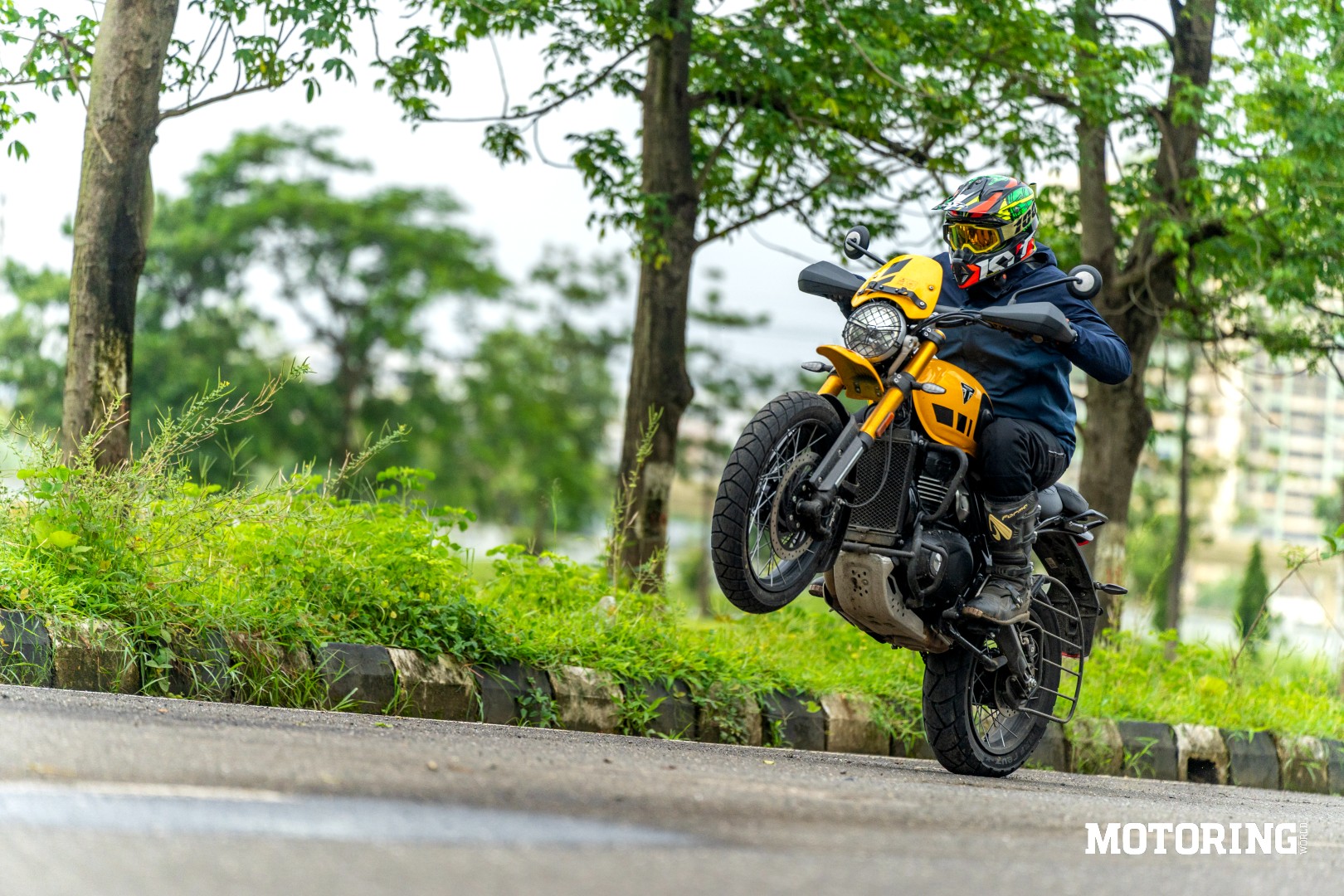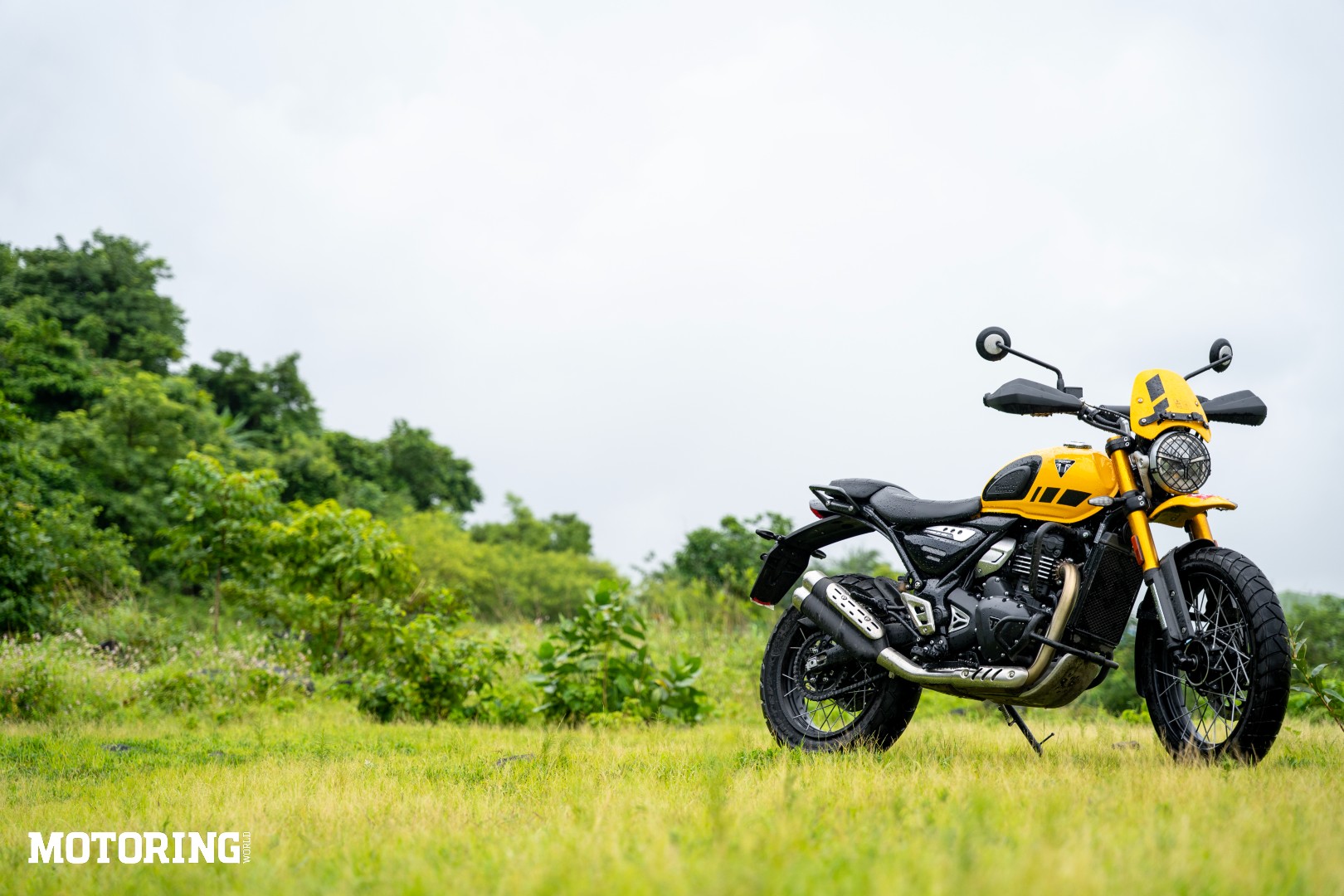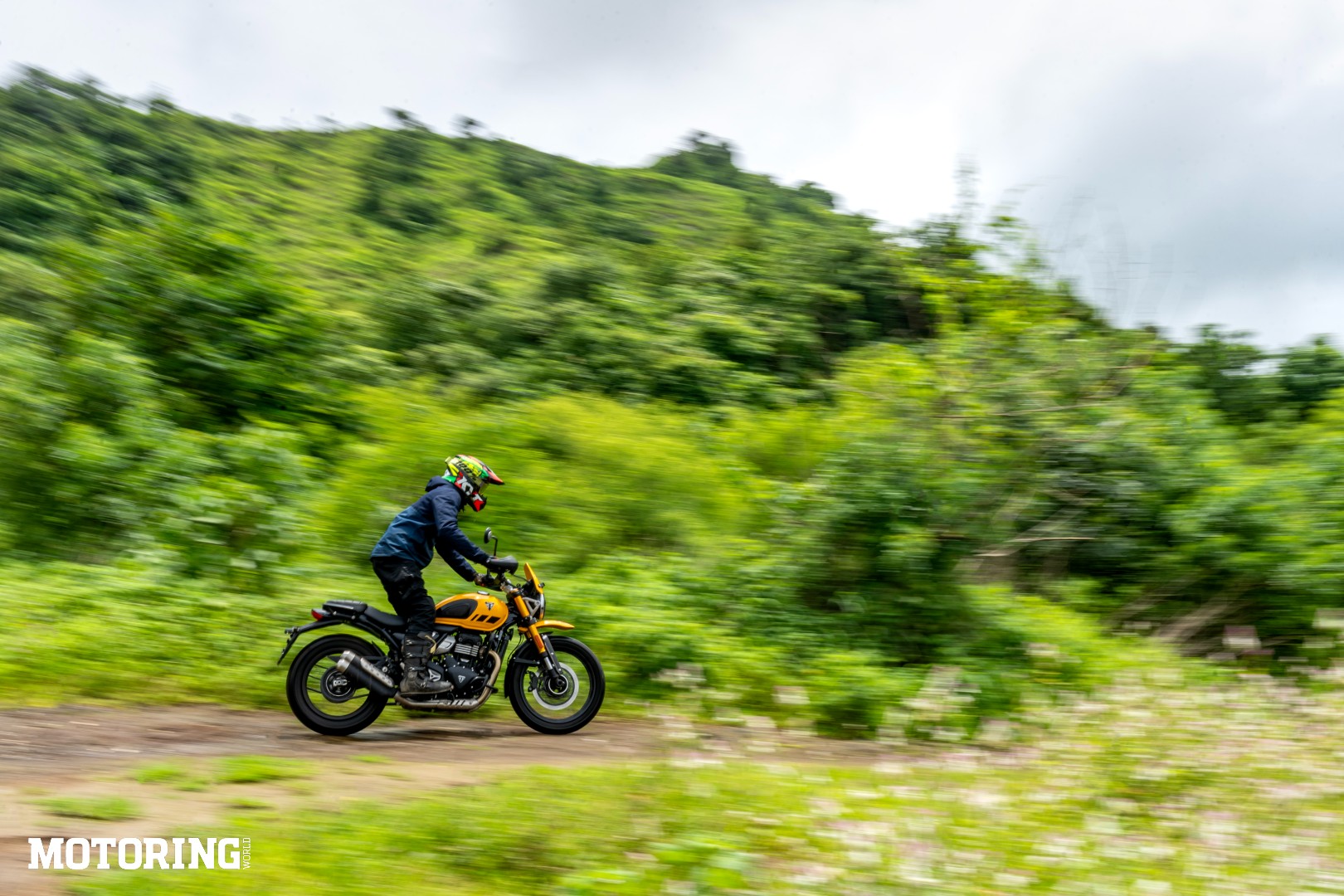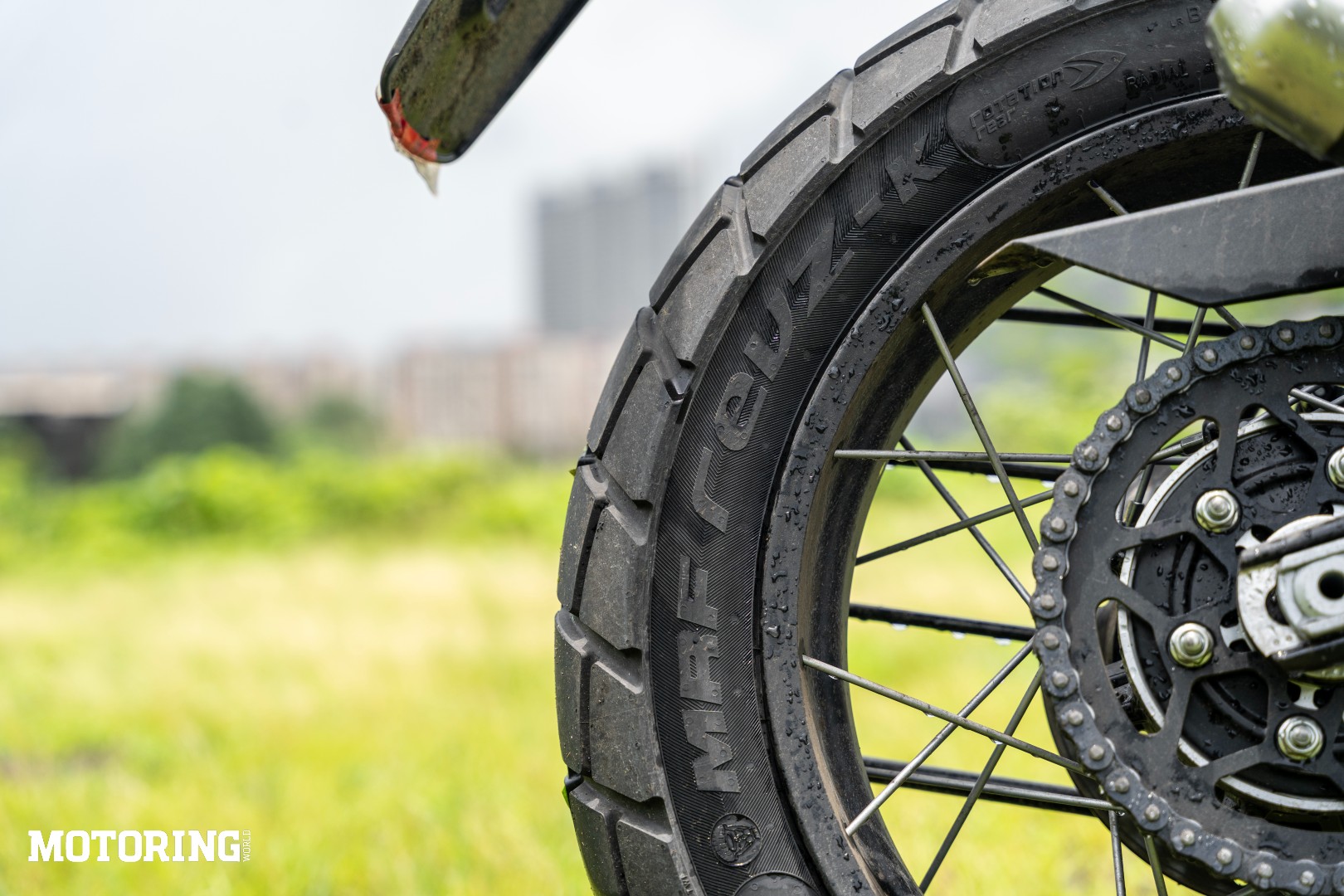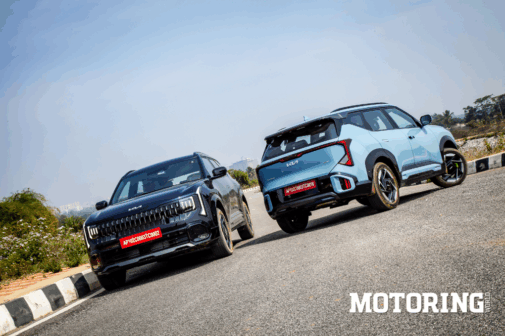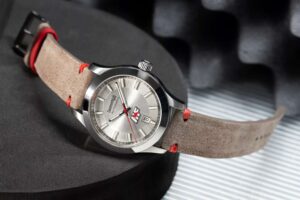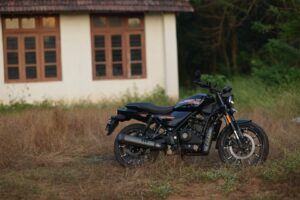‘Don’t judge a bike by its wire-spokes’
That was the first thought that popped into my head as I looked at the Triumph Scrambler 400 XC parked on a scenic trail. On paper — and in pictures — it ticked all the boxes: the right silhouette, the high fender, and now, wire-spoke rims. It looked ready to leap off a dusty trail into a puddle of nostalgia. But the moment I dug a little deeper — or stood on the pegs for more than ten minutes — I realised this Scrambler was more coffee shop than cross-country. Don’t get me wrong, it was a good bike. Just not in the way the ‘XC’ badge had led me to believe.
That was the thing about the ‘XC’ badge — it had never been just a pair of letters. On bigger Triumphs, it had meant something: the Tiger 800 XC, the Explorer XC, even the Scrambler 1200 XC — all bikes that backed up their rugged looks with proper off-road gear. Long-travel suspension, sump guards, off-road modes, the works. So when Triumph slapped the badge on the 400, it brought along expectations. And while the Scrambler 400 XC nailed the aesthetic, it didn’t carry the same spirit.
Within minutes of setting off, the déjà vu kicked in. Everything that made the XC enjoyable — the smooth, tractable 398cc motor, the light clutch, the slick gearbox, the well-balanced chassis — was already familiar. Because I’d already ridden the Scrambler 400 X. The XC didn’t transform the experience; it simply repackaged it. Sure, it sat a little taller, wore its adventure costume with pride, and added some visual charm with those wire-spoke wheels. But dynamically? It was the same friendly, road-focused machine. And that’s when it hit me — this wasn’t about what the XC added. It was about what it didn’t.
The suspension, for instance, was identical to the 400 X. Same units, same travel, same tuning. Which, to be fair, worked well — the ride quality was composed, and it handled rough patches without fuss. But for a motorcycle that wore an XC badge, there wasn’t even a hint of added intent. No extra travel, no revised damping, not even a slightly more rugged feel.
That theme carried over into the ergonomics. When I stood up on the pegs, hoping to tap into some scrambler spirit, it became obvious that the XC wasn’t built for it. The bars were too low, the footpegs a touch rear-set, and the tank offered no real support in that position. It was doable, but not natural. While seated, though, it felt spot-on — upright, relaxed, and easy to control. But again, that was exactly how the 400 X had felt. No tweaks, no enhancements, just a different paint job on the same triangle.
The tyres were another reminder. The MRF Revz – K worked fine on tarmac, with decent grip and neutral manners. But on even slightly loose terrain, they lost confidence quickly. And paired with the same spongy, inconsistent front brake from the X — grabby at low speeds, vague at high ones — it only reinforced the idea that the XC was all show and not much substance.
In the end, the Scrambler 400 XC turned out to be a good motorcycle wearing the wrong outfit. Beneath the wire-spokes and high fender was the same likeable, accessible machine I’d already enjoyed in the 400 X. And that was the thing — the XC didn’t elevate the platform. It didn’t feel tougher. It just looked different. If someone was buying it for the styling, the stance, and that classic scrambler silhouette, I wouldn’t argue. It had presence, and it looked the part. But if they expected it to unlock new terrain or bring a shot of true scrambler spirit to the mix, they’d probably end up disappointed. Ultimately, the Scrambler 400 XC isn’t a more capable version of the 400 X. It’s just a shinier one. And that makes it less a cross-country tool, and more a fashion statement on two wheels.





